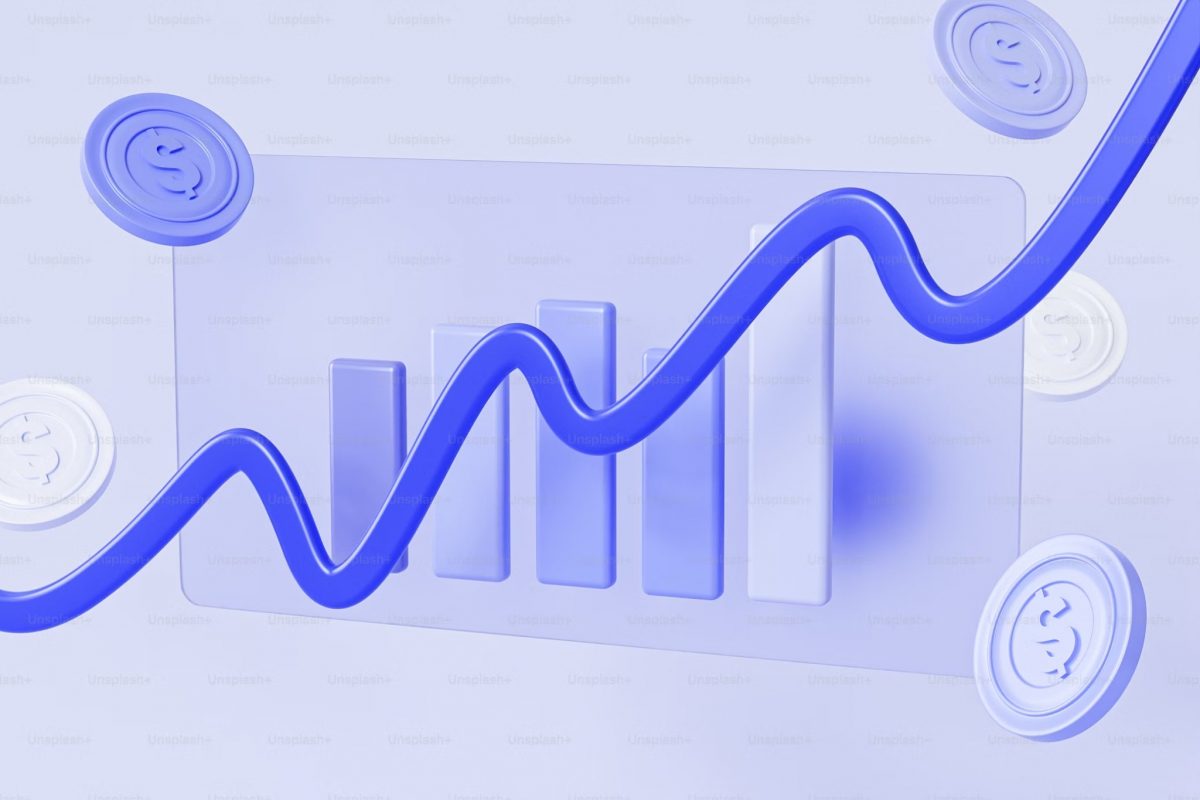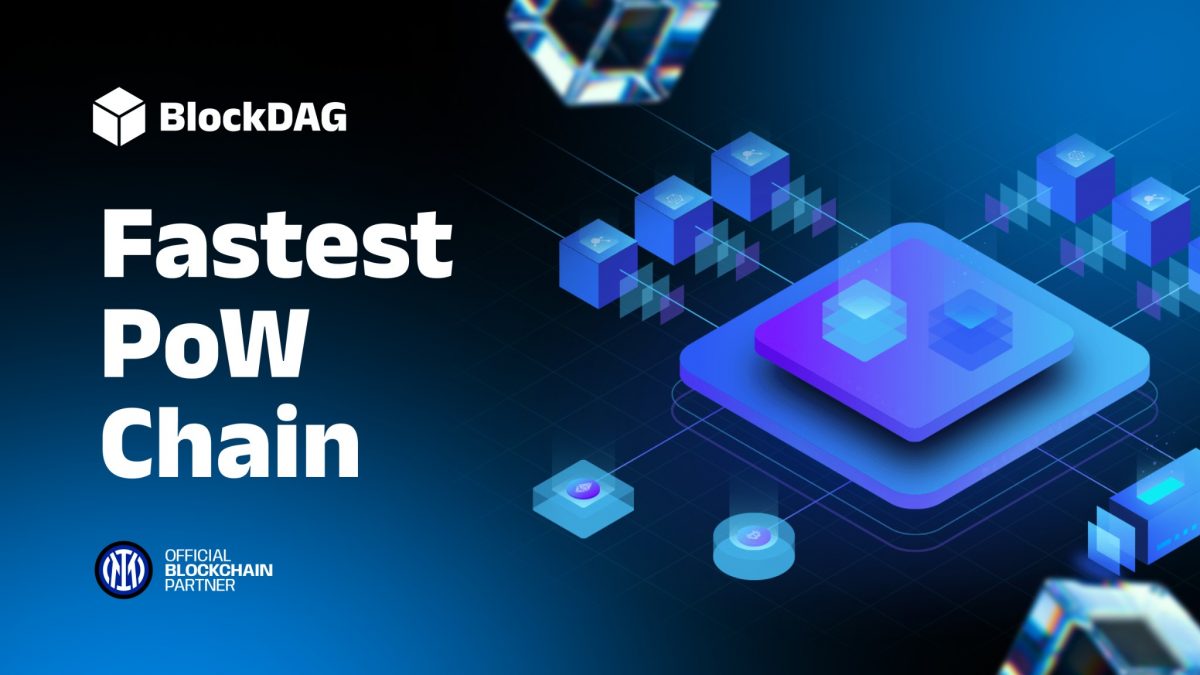Scalability has always been the Achilles’ heel of blockchain. While Bitcoin Cash attempted to solve it with larger blocks and Hyperliquid leaned on speed and DeFi utility, both still operate within familiar constraints.
BlockDAG, however, takes a different route—one rooted in structure, not just surface upgrades. Its hybrid DAG-based consensus with Proof-of-Work offers a technically superior foundation that sidesteps the linear limitations of legacy chains. As crypto adoption accelerates, decentralization and throughput can no longer be trade-offs.
Bitcoin Cash: Evolution and Performance
Bitcoin Cash (BCH) emerged on August 1, 2017, as a hard fork from Bitcoin, initiated by developers and miners aiming to enhance transaction speeds and reduce fees by increasing the block size limit to 8 MB. Consequently, this adjustment allowed for more transactions per block, addressing scalability concerns inherent in Bitcoin’s original design.
Upon its debut, BCH traded around $240, reaching an all-time high of $4,355.62 on December 20, 2017. However, by August 23, 2018, it had declined to approximately $519.12, reflecting the volatile nature of the cryptocurrency market. As of March 24, 2025, BCH is valued at $332.19, a significant decrease from its peak.

In terms of market capitalization, BCH stands at approximately $6.6 billion, with a circulating supply of 19,847,375 coins out of a maximum of 21 million. Therefore, this positions BCH as a notable player in the cryptocurrency landscape, though it has faced challenges in maintaining its value and market position over time.
Hyperliquid: Rapid Ascent in Decentralized Finance
Hyperliquid launched its native token, HYPE, on November 29, 2024, distributing 31% of the total 1 billion supply through an airdrop to early users, with no prior fundraising involved. Following the launch, the platform experienced swift growth, processing over 10,000 trades daily and amassing a user base exceeding 90,000 active participants. In addition, daily trading volumes reached $470 million, with cumulative volumes nearing $1 trillion.
Nevertheless, despite this impressive growth, HYPE’s price has faced volatility. After peaking at $35 in December 2024, it declined to $14 by March 2025, resulting in a market capitalization drop from over $9 billion to $4.7 billion. This downturn, in turn, is attributed to the broader crypto market’s bearish trend and concerns over token dilution due to ongoing unlocks.

In response, to bolster risk management, Hyperliquid increased margin requirements to 20% following a $4 million loss in its liquidity fund from significant liquidations. Nonetheless, the platform continues to expand, with unique users approaching 400,000, reflecting its resilience and growing prominence in the decentralized finance sector.
BlockDAG’s DAG-Based Consensus
Traditional blockchains, while revolutionary at inception, are constrained by a linear architecture that forces transactions into a single queue. As a result, this bottleneck results in slower speeds, higher fees, and limited scalability. The Proof-of-Work systems of Bitcoin or the throughput limits of Ethereum 1.0 illustrate how serial confirmation creates systemic friction.
In contrast, BlockDAG rewrites that structure. By implementing a Directed Acyclic Graph (DAG) layered with Proof-of-Work, it enables multiple blocks to be confirmed in parallel. There is no queue—transactions are validated simultaneously across multiple paths. Thus, this not only scales throughput (2,000 TPS at mainnet, targeting 15,000 TPS) but maintains decentralization and security through PoW’s battle-tested resilience.
As CTO Jeremy Harkness put it: “Our hybrid consensus mechanism combines the best of two worlds: the security and proven robustness of Proof-of-Work with the flexibility and speed of a Directed Acyclic Graph.”
Importantly, this approach doesn’t compromise on the core principles of decentralization—it strengthens them. BlockDAG’s architecture is purpose-built for global, trustless systems that must scale without centralizing.

Supporting this, the numbers back the momentum: $208 million raised in the presale without VC funding, over 18.9 billion coins sold, and a presale ROI of 2,380% from batch 1 to the current batch 27, now priced at $0.0248. In short, this isn’t a patch on old code—it’s a new standard. BlockDAG is not trying to catch up. It’s setting the pace.
BlockDAG and the Structural Shift Ahead
While Bitcoin Cash attempted to scale through block size and Hyperliquid chased speed through financial instruments, both approaches are rooted in linear models. BlockDAG breaks from that mold entirely. By merging Proof-of-Work with a Directed Acyclic Graph, it offers not just a technical evolution but a structural shift—enabling parallel processing, lower fees, and sustainable decentralization.
As blockchains are pushed to support real-world scale and complexity, foundational architecture matters more than hype. BlockDAG isn’t refining the past—it’s architecting what’s next. For those tracking the future of Layer 1 protocols, the difference isn’t just in performance—it’s in design.

- Website: https://blockdag.network
- Presale: https://purchase.blockdag.network
- Telegram: https://t.me/blockDAGnetworkOfficial
- Discord: https://discord.gg/Q7BxghMVyu
Disclaimer: This is a sponsored press release, and is for informational purposes only. It does not reflect the views of CryptoTotem, nor is it intended to be used as legal, tax, investment, or financial advice. The author or the publication does not hold any responsibility, directly, or indirectly, for any damage or loss caused or alleged to be caused by or connected with the use of or reliance on any content, goods or services mentioned in this article. Readers should conduct their own research before taking any actions related to this company.

